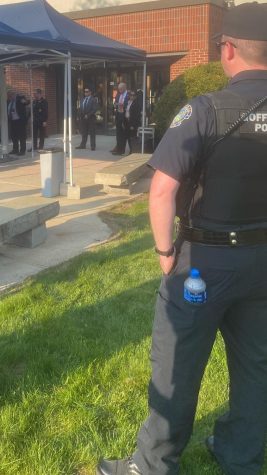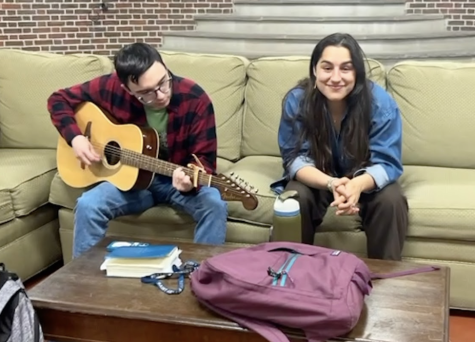Times change, issues don’t
October 5, 2022
Earlier this week, I found myself perusing old issues of the Crier to learn more about our history and get inspired by works of the past. It was cool to see a copy of the Crier circa 1963, only 6 pages long, and see
how far we have come printing a 16-page issue today. The hard work of writers and editors past is reflected in our archives. I am proud of the work we have done and excited for future progress. One particular story caught my eye on an issue from November 1995. One of the front page stories focuses on parking lots. The headline reads that they are “adequate for the purpose they serve,” according to Fr. Mark, O.S.B.
This article dealt with the issue of aesthetically unpleasing parking lots, but the College deemed them safe and not hazardous. Students found the roads “very bothersome to drive and park on.” Ultimately, the article concludes that roads were safe but that the College would be looking into improvements.
In today’s issue of the Crier, 27 years later, we find campus parking to be a current news issue. In the story by Caroline Moran ‘25 on page 1, students and campus security share their insight on parking violations and their causes.
It is fascinating to see how the times change, but the issues that are relevant to the student body in a given academic year remain prevalent. Another interesting point of comparison, how the articles do or do not validate student frustrations.
The main issue today is that more parking passes are sold for a given area than there are actual parking spots. Students express their frusturations, while campus security explains the rules. Unlike the 1995 article, not even the idea of coming up with a plan to help rectify the situation was mentioned in the contemporary issue. The only acknowledgement of understanding the issue from the student perspective is found in empathy with having to park in an inconvenient spot.
So, what action should be taken for the parking issues of today? For starters, clear signage on which parking lots are reserved for which types of permits. Additionally, a campus map showing all parking zones and designated lots to park in if your respective permit zone is full. And finally, let’s look into how permits are sold for next year and see if any improvements can be made so the subject can be put to rest for a bit, or at least until a new parking issue surfaces in a Crier 27 years from now.













